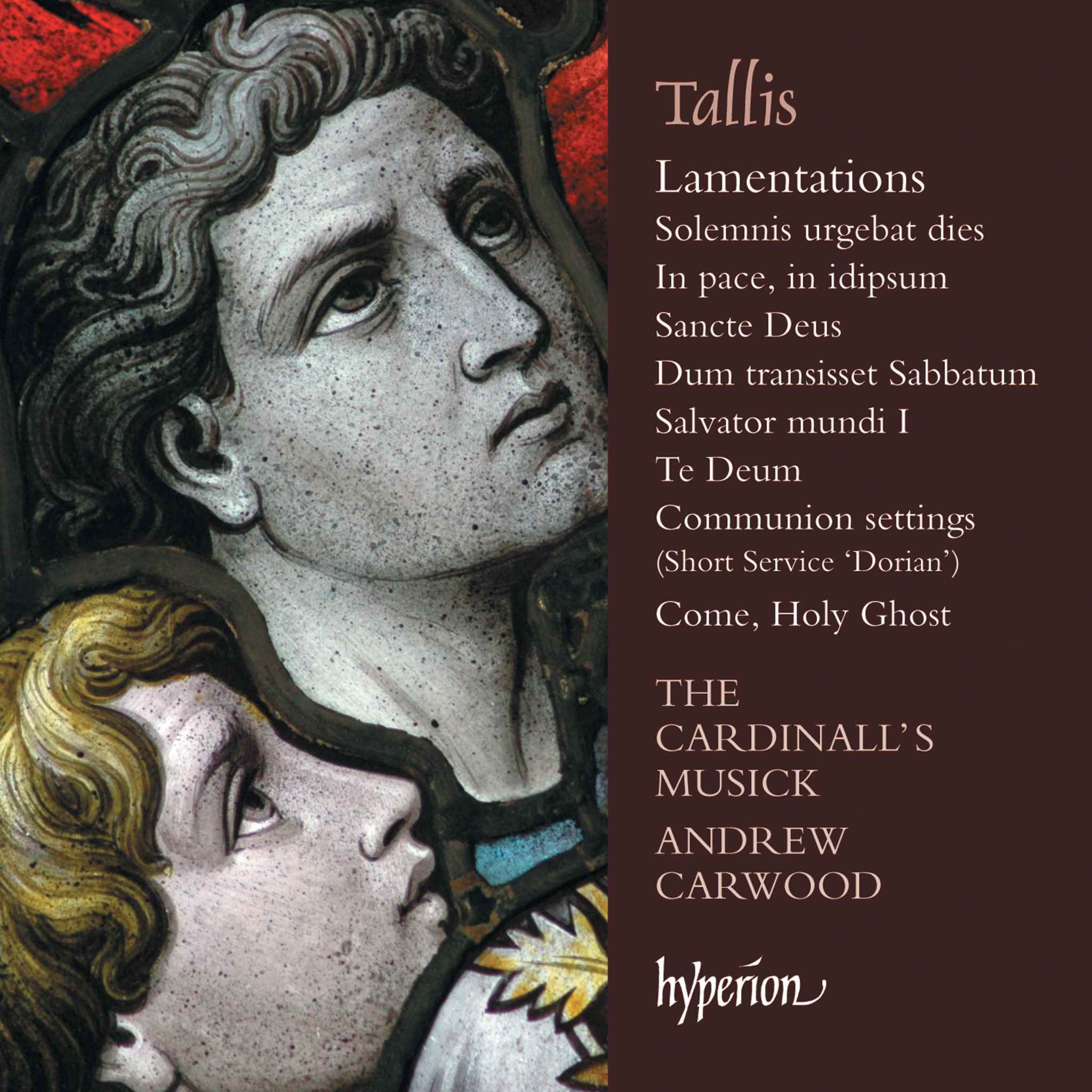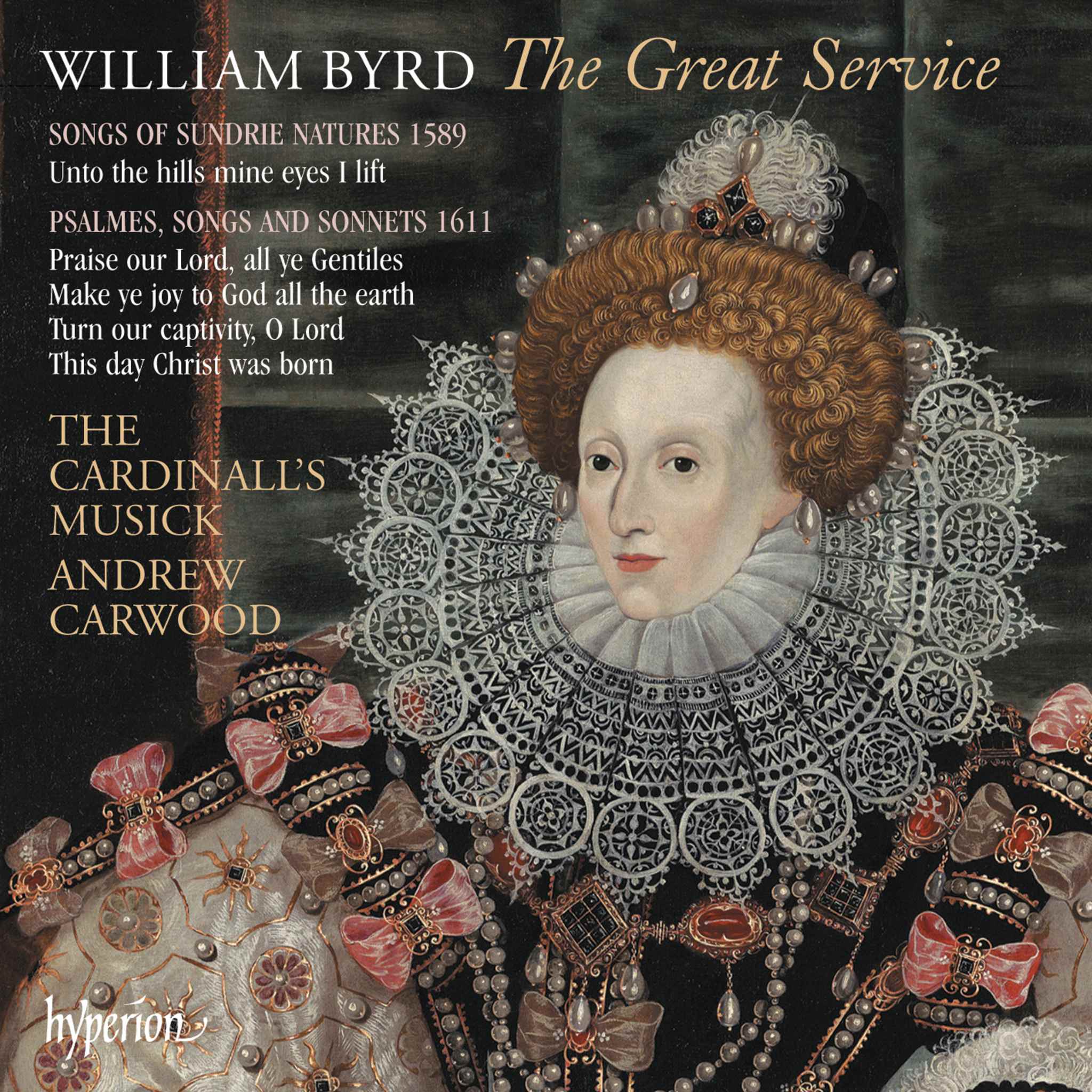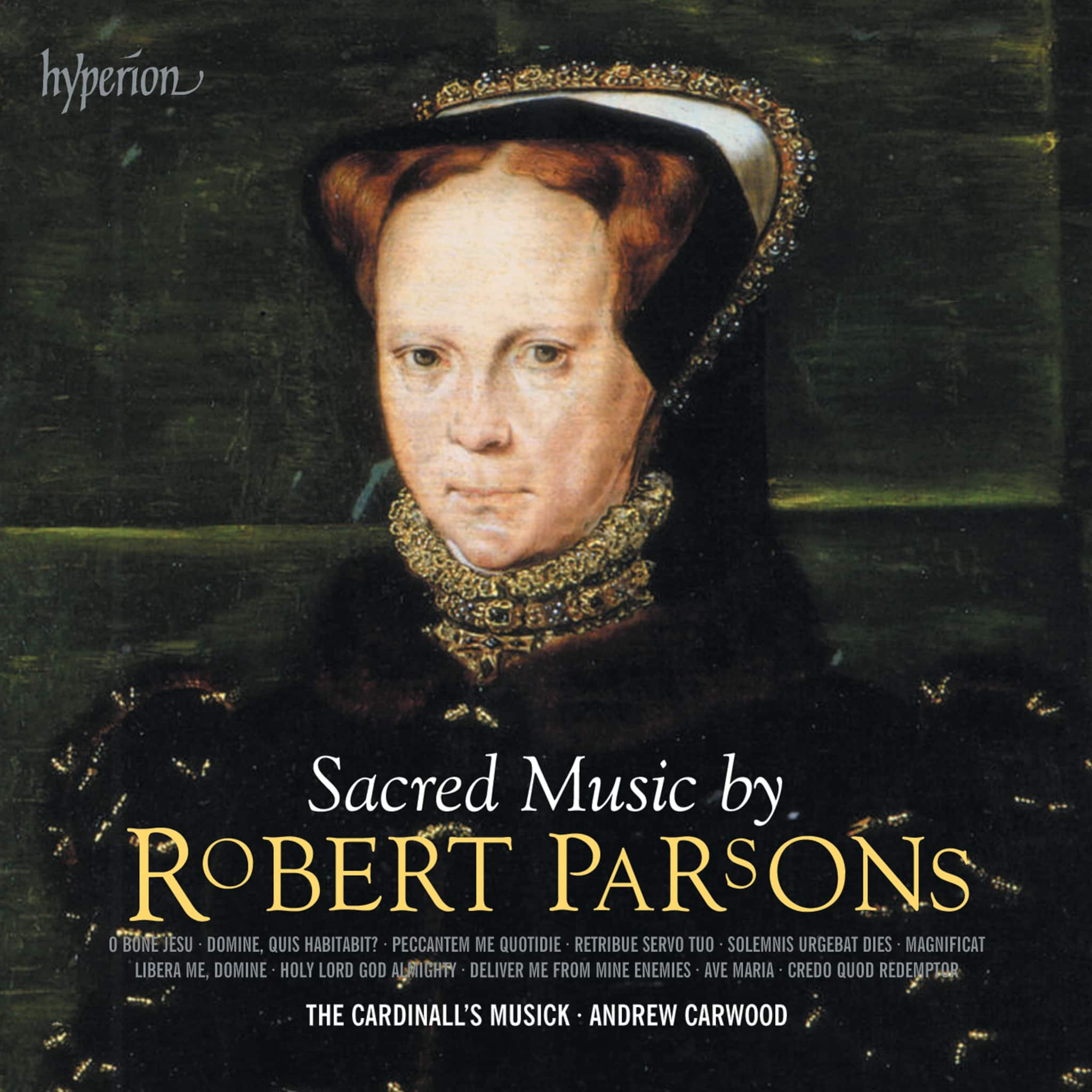Album insights
Viola Scheffel captured the early impression of Karol Maciej Szymanowski's piano works, blending Chopin's style with Skrjabin's form, revealing a powerful, original personality through bold modulations and melodic lines. Pianist Artur Rubinstein's depiction led to a meeting that sparked a lasting friendship between the two artists. Born into a patriotic, artistically privileged Polish family on October 3, 1882, in Tymoszówka, Ukraine, Szymanowski's music during the pre-World War I period resonated with influences such as Wagner, Reger, and later, Stravinsky. Influenced by Islamic culture, Roman history, and early Christianity, he underwent a transformation, turning to Persian Sufism for inspiration. The years following the revolution marked a transitional phase for him, leading him through various travels and experiences, including roles at academic institutions.
With works like "Sérénade de Don Juan" and "Shéhérazade," Szymanowski delved into complex compositions, crafting vivid musical narratives that delved into myths and legend. His meticulous approach led to pieces like "Masques" and "Métopes," showcasing an intense exploration of aesthetic and technical innovations drawn from various influences. These pieces demonstrated his ability to balance harmonic density with weightless structures, alluding to a deeper emotional and narrative layer within his compositions.
By creating pieces like the "Études, Op. 33" and the monumental "Third Piano Sonata," Szymanowski ventured into more abstract and functional musical territories, departing from external references. These works showcased a compression of ideas and a departure from traditional tonal structures, embodying his unique vision and harmonic language. "Études, Op. 33" featured pieces of epigrammatic brevity arranged to flow seamlessly, creating an integrated experience that defied structural analysis and bore a distinct departure from traditional Polish characteristics.
Despite his progressive compositions, Szymanowski never shied away from his heritage, staying rooted in a distinct musical language that evolved over time. Through his dynamic exploration of tonal complexities in pieces like "Rondo à la Krakowiak" and "Study in B-flat minor," he showcased his ability to merge traditional influences with modern compositional techniques. His unique approach to harmonic structures and tonal ambiguity set him apart in the realm of classical music, pushing boundaries while retaining a sense of poetic expression.
Szymanowski's artistic journey unfolded through various stages, culminating in pieces like the "Twelve Études, Op. 33," demonstrating his knack for blending harmonic innovation with emotive depth. His works, steeped in personal and cultural influences, reflect a balance between expressive spontaneity and meticulous craftsmanship, showcasing a composer dedicated to pushing the boundaries of traditional musical forms. Throughout his musical evolution, Szymanowski's compositions continued to captivate listeners, offering a window into his complex, innovative, and unmistakable musical world.







